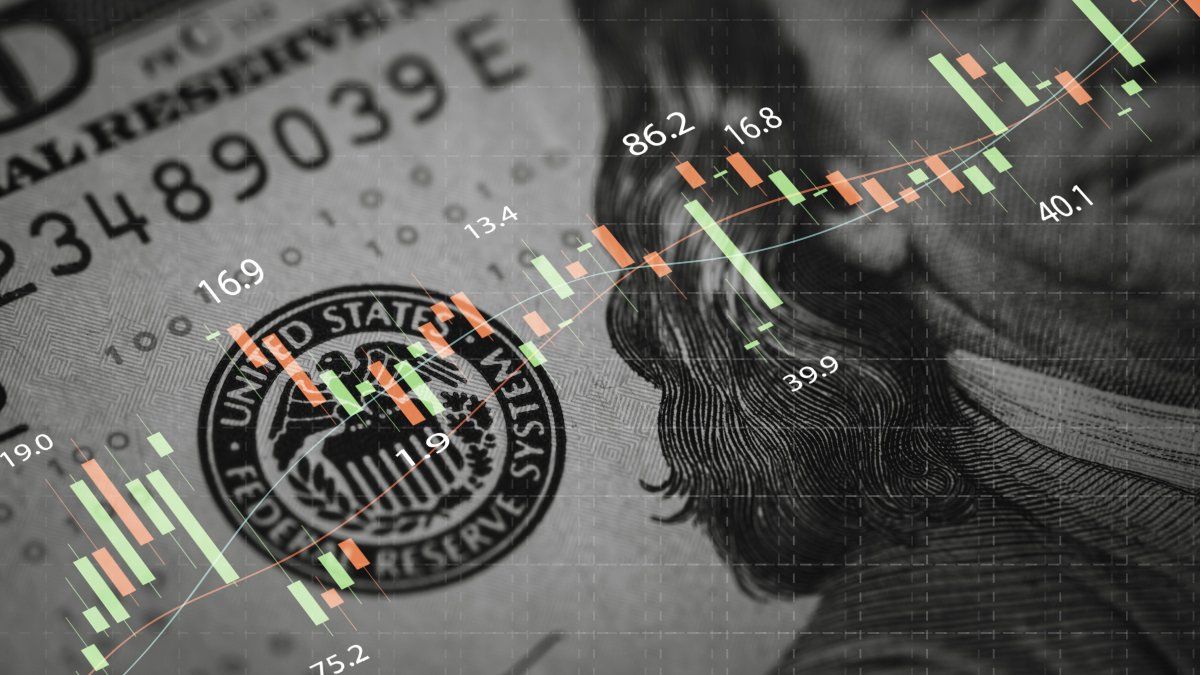The Argentine economy has faced for more than a decade a exchange restriction that seems to have become embedded in its dynamics. Opinions about its effect on economic growth differ, but the data reveal one constant: the Gross Domestic Product (GDP) has shown no signs of expansion since the reinstatement of the stocks in 2011. The notion that the economy cannot grow under exchange restrictions is today debated at the highest levels of government, a discursive change that makes clear the complexity of its possible elimination.
In a recent television interview, the Minister of Economy, Luis “Toto” Caputomade a statement that captured the attention of many: “They have bought into the story that the economy cannot grow if you do not get out of the trap”. This statement, unusual coming from a key government official, marks a departure from what has been maintained in the past. Even the president of the Nation, Javier Milei, During his presentation at the Council of the Americas in August of this year, he assured that “it is false that you cannot grow with stocks.”
However, economic data offers a different perspective. Since the implementation of exchange restrictions in 2011, the Argentine economy has not achieved sustained growth. If we analyze the GDP per capita, the scenario is even more worrying, since it has experienced a drop, given that the population grew by 11% during the same period. This economic stagnation is neither a recent nor a temporary phenomenon; GDP has fluctuated within a limited range, without showing clear signs of structural recovery or sustained expansion.
A change of discourse and strategy
In 2015, before assuming the presidency, Javier Milei had made it clear that lifting the stocks was essential to restore the normal functioning of the economy. He then proposed, among other measures, the issuance of a bond in dollars to absorb the excess pesos. However, the message has evolved over time. Although the need to eliminate the stocks has not been ruled out, the government has modified the conditions necessary for its lifting, focusing mainly on reducing the surplus of pesos.
The launch of the BCRA dollar bond, known as Bopreal, is part of the strategy to combat this excess of pesos that could inflate the demand for foreign currency. Determining precisely how much this surplus represents is not an easy task, given that part of it is found in Financing Letters (Lefis) controlled by the Central Bank, and another portion is invested in government bills and bonds.
This instrument managed to reduce the amount of pesos, at the cost of generating debt in dollars in the short and medium term, but it is not enough. The economy needs remonetization and growth in the demand for money.
This demand for money has grown, mainly in response to the validation of the price increase. The monetary base has increased by 127% in the last year, while accumulated inflation is around 115%. With the slowdown in inflation, the amount of pesos needed for transactions will also grow moderately.
An uncertain future
Eliminating exchange restrictions implies much more than freeing the price of the dollar. It requires a profound transformation in monetary policy. To begin with, it will not be possible to maintain a negative real interest rate, like the current one. In addition, debt policy will also have to change, since renewing debt in pesos will be more complicated without such a favorable bond market.
Local currency bonds, which have been a go-to destination in times of restrictions, will lose their appeal as the foreign exchange market liberalizes. The elimination of the stocks will also bring with it the possibility of a depreciation of the peso, which could generate financial instability and the need for a more aggressive rate policy.
The risk of an exchange rate jump is real, and the costs associated with a disorderly exit from the stocks only increase over time. If the government insists that the fundamental condition for eliminating the stocks is that there be no excess pesos, the horizon for achieving that stability seems distant.
Correcting monetary imbalances or minimizing risks to normalize exchange rate policy is, without a doubt, an appropriate measure. However, seeking to reduce exchange rate risk to zero may be an excessively costly strategy in the long term. While waiting for this ideal situation, the current policy of crawling peg 2% monthly falls short of an inflation that far exceeds that percentage, aggravating the lag of the official dollar. A year ago, the official exchange rate was $365.50, and with year-on-year inflation of 218.8%, today it should be around $1,165. To reach the same level of exchange rate delay as in October 2023, the official dollar would have to rise an additional 17%.
Even so, perhaps we should think about an economic scenario where the stocks accompany us, if not all, at least a large part of Javier Milei’s government.
Source: Ambito
David William is a talented author who has made a name for himself in the world of writing. He is a professional author who writes on a wide range of topics, from general interest to opinion news. David is currently working as a writer at 24 hours worlds where he brings his unique perspective and in-depth research to his articles, making them both informative and engaging.




